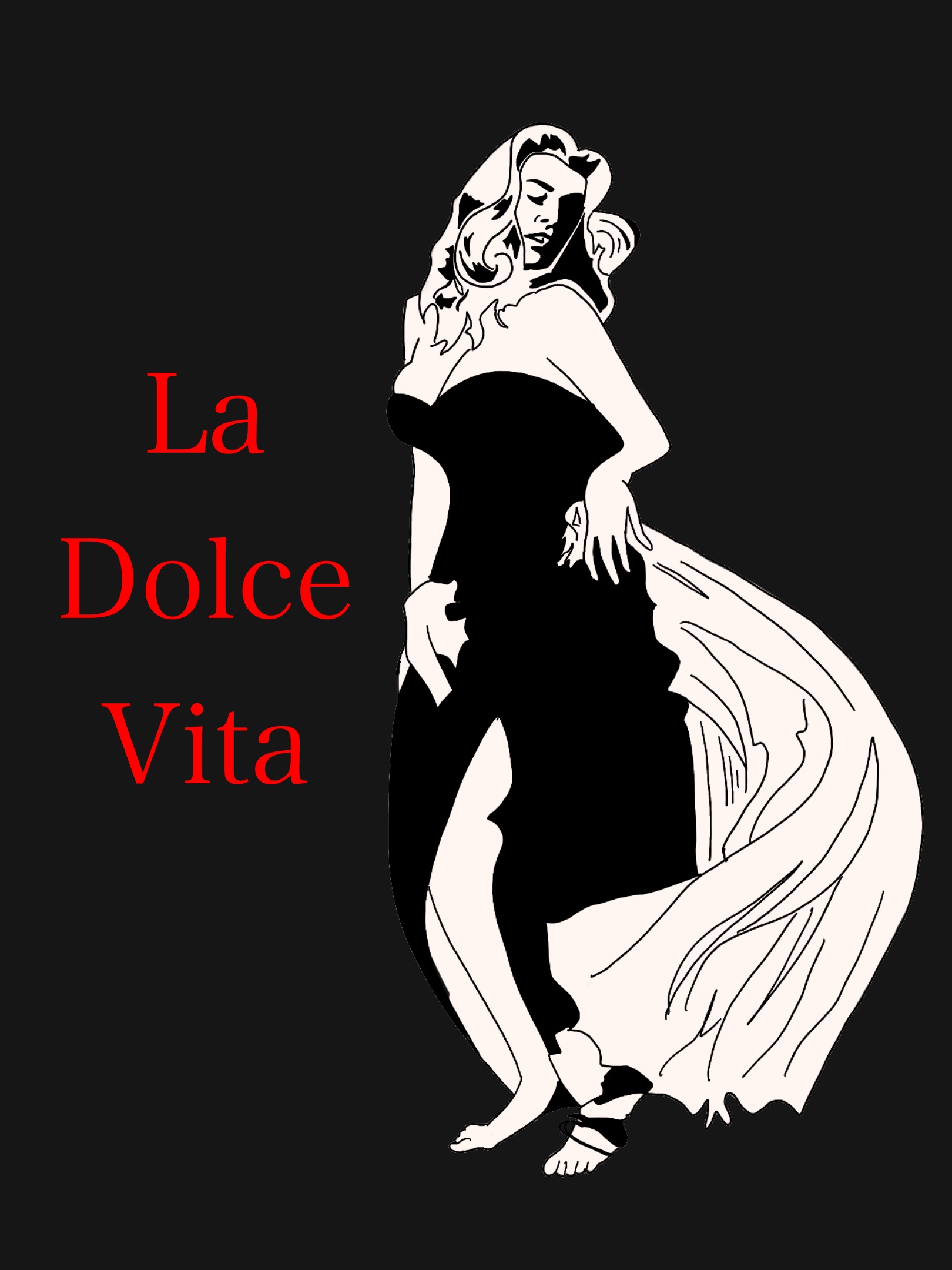Classics, Successes, and the Italian Canon
With university film courses on various types of cinema, how do people decide what gets studied and why?
The canon is a reservoir of films that are studied to this day while millions of others have sunk into oblivion with the passage of time. It is relied on for answers when someone asks such a question as, “what’s a good Italian movie to watch?” Recognized for one reason or another across generations, classic films seem to automatically become part of the canon.
Classic films, however, are not the same as successful films. La vita è bella (Dir. Roberto Benigni, 1997) for example, would be considered a successful film because it won numerous best film accolades from highly prestigious and reputable academies and film festivals around the world. Many would consider the film a classic simply for this reason, and not for its representation of the Holocaust in Italy which many modern critics, by the way, deem tasteless. Pairing comedy with tragic world events generally does not sit well in today’s emotionally and politically charged times.
On the contrary, La dolce vita (Dir. Federico Fellini, 1960) was largely made popular, even denounced, for purposefully shocking religious sentiments during the ’60s. But now that shock value is gone. The film is revered as a cultural/cinematic tour de force (“feat of strength”) not only because of director Fellini’s unconventional choice of narrative modes and expert use of stylistic elements, but because it supplements our understanding of what life was like in post-war Rome. In simpler terms, a classic film is determined only in retrospect by how well it ages, whereas the success of a film is measured by several factors during the period within which it was released.
These factors include, but are not limited to, the time of the film’s make and release, the amount of box office revenue it generates, and who is watching. What success looks like varies from person to person. From film critics and theorists to the public, everyone determines whether the film in question has delivered based on their own perception of the film’s content and external context.
Sergio Leone’s spaghetti western films like A Fistful of Dollars from 1964, for example, were born of an escapist genre that repeated itself in Italian cinema during the ’60s and late ’70s as a response to the audiences’ desire for experiences of sensory pleasure. However, upon closer reading according to today’s standards, it becomes clear that their excessively bloody fight scenes and colourful background scores dress up rather superficial plotlines of societal corruption and gender bias. These films may have successfully served a particular need at one moment in history, but in the undeniable company of perpetually soul-shaking and thought-provoking films like Ladri di biciclette (Dir. Vittorio De Sica, 1948) that preceded westerns, they fail as standard-bearers of Italian cinema.
Sure, academics, critics, scholars, and auteur directors are most educated to determine what the film canon should look like, but their consideration of popular audience responses helps re-imagine what it could look like. Serious theorists of the ’50s and ’60s, for instance, don’t cover a broad variety of topics in their choices. Their understanding of the canon tends to function on exclusion, as if due to lack of space, by overlooking films that express certain social or political issues.
The ultimate hypothetical canon is in constant need of thoughtful, timely conversation and is only as flexible as viewers are. Works of art demonstrate potential for canonical status in the way they approach and represent life on screen, provide value to national cinema, and uphold the material specificity of the film medium.

